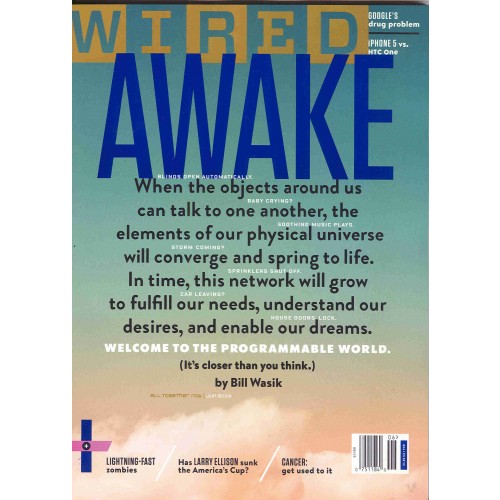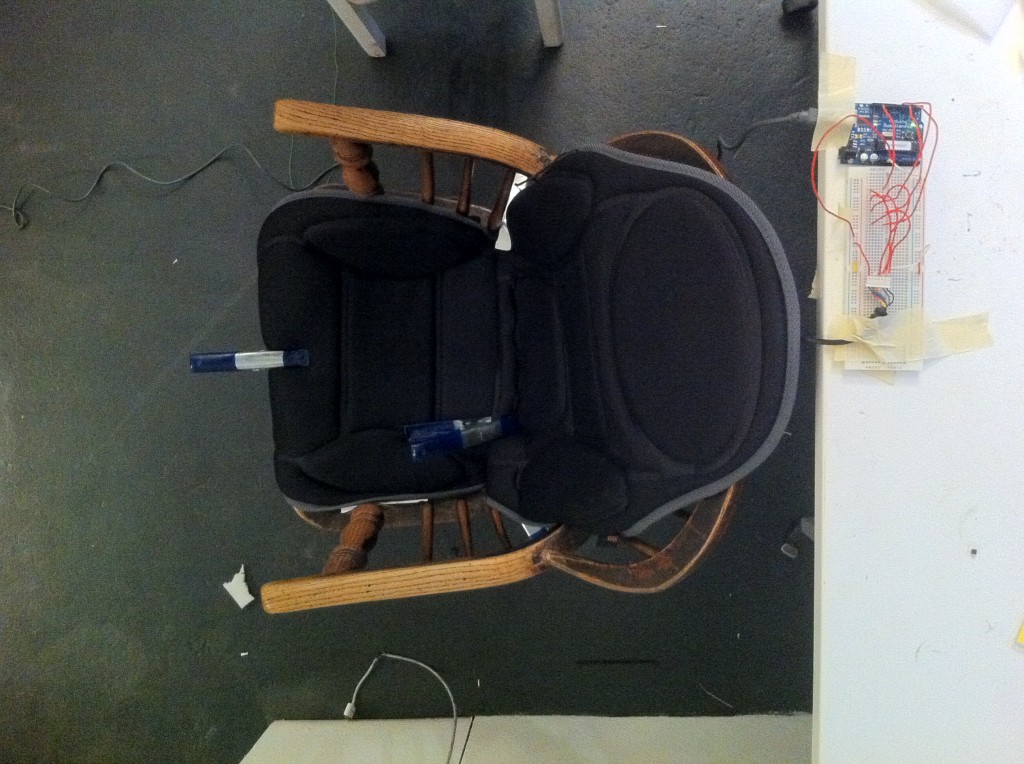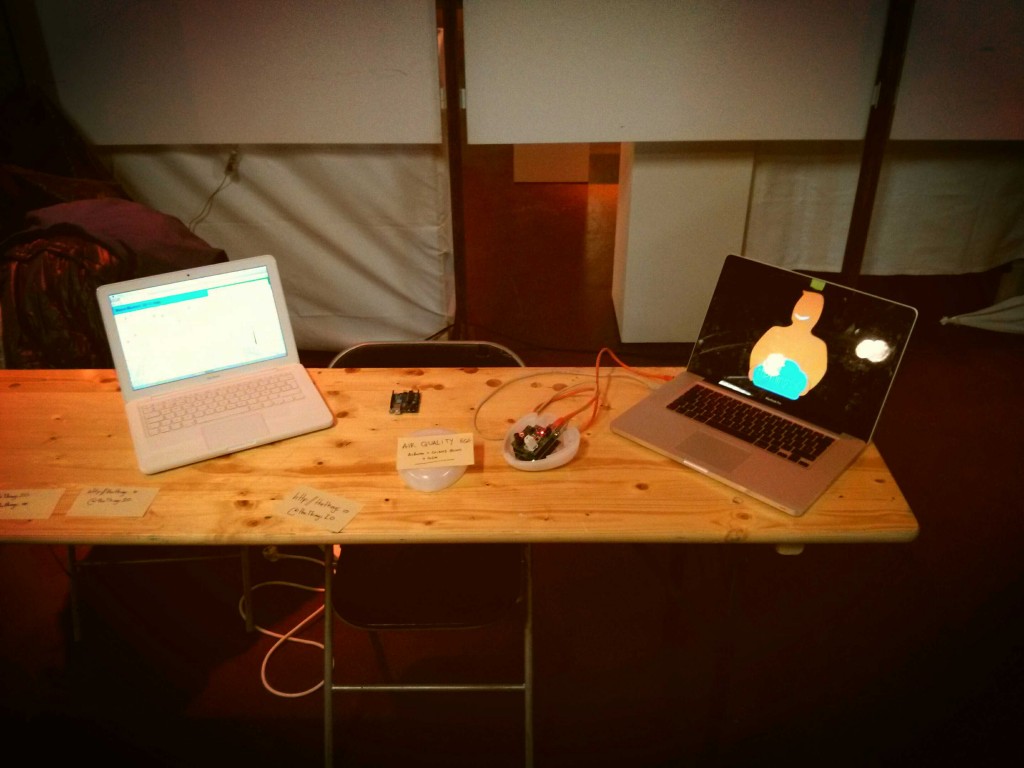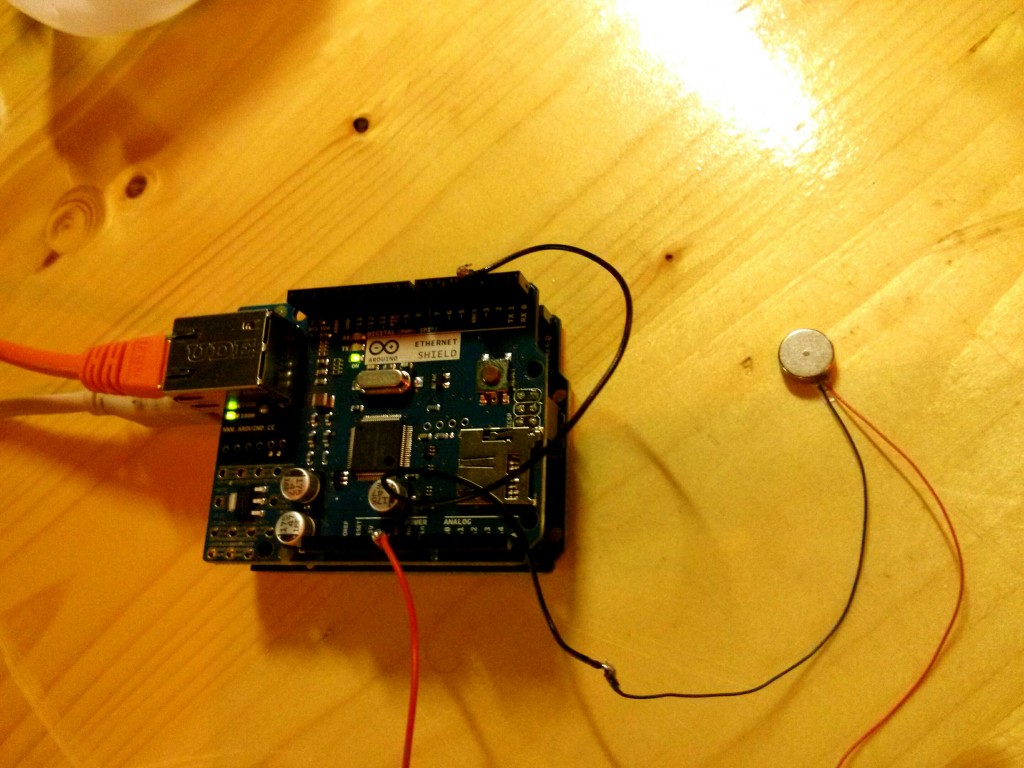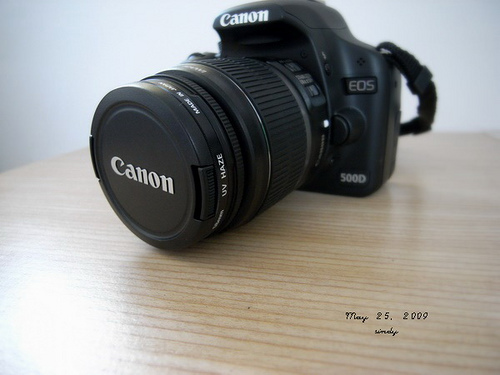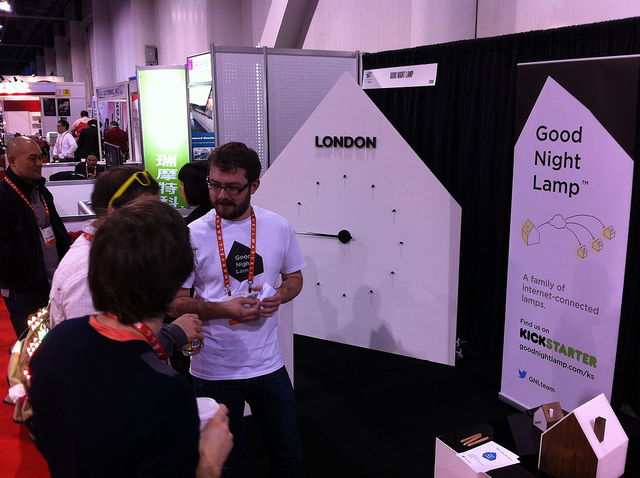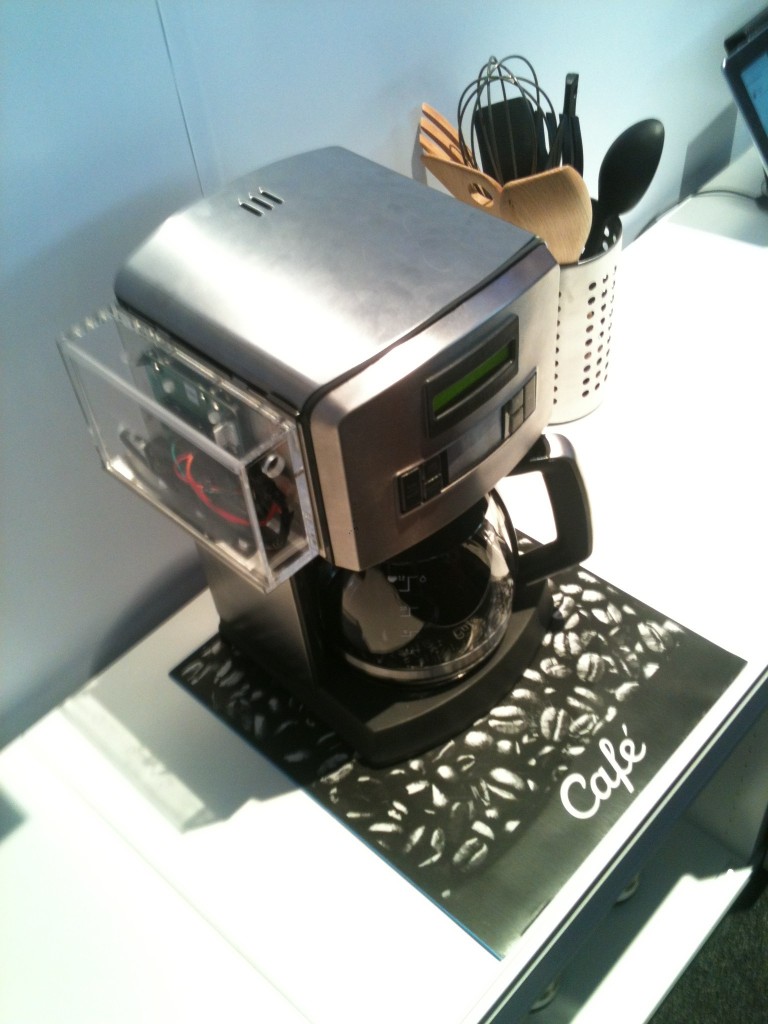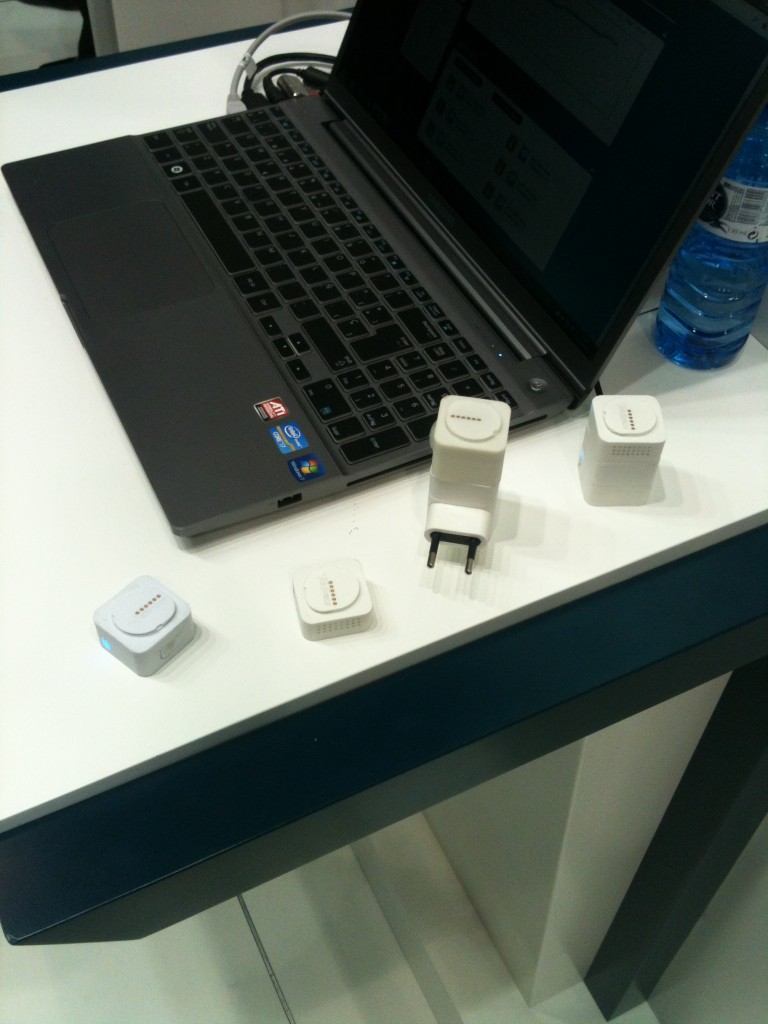thethings.IO at LeWeb London 2013
It was an incredible honor to present thethings.IO at the startup competition of LeWeb London 2013. Surrounded with 15 other stunning startups, Marc Pous, the founder of thethings.IO made the presentation in front of investors and assistants.

